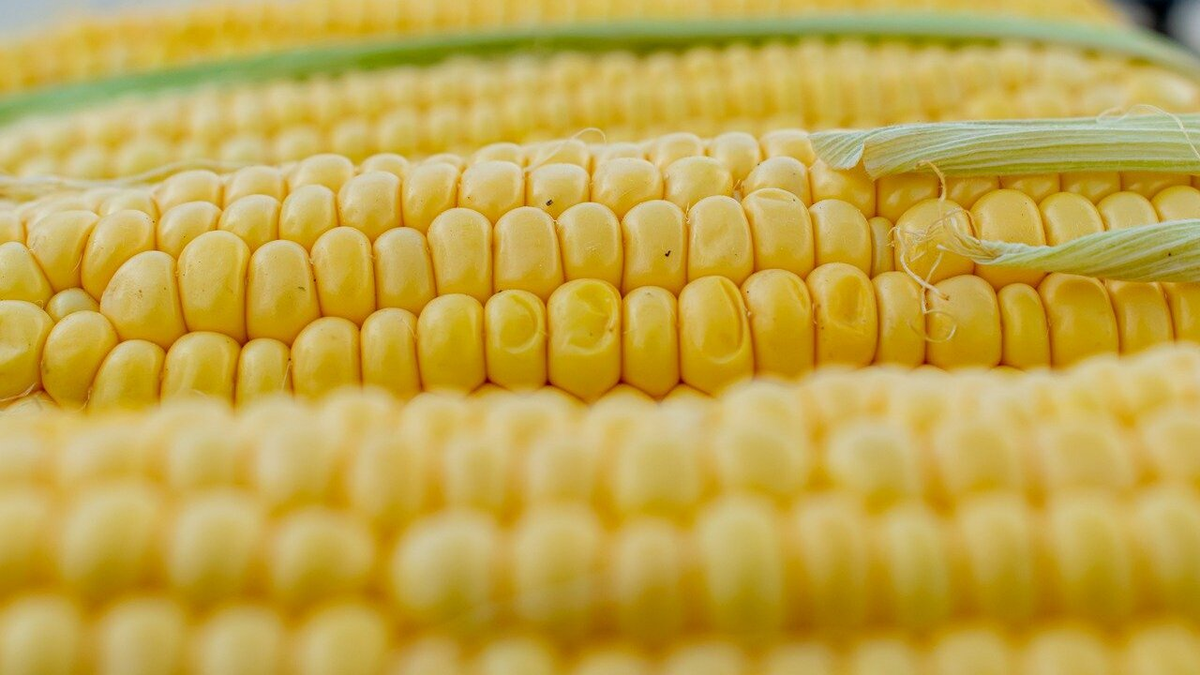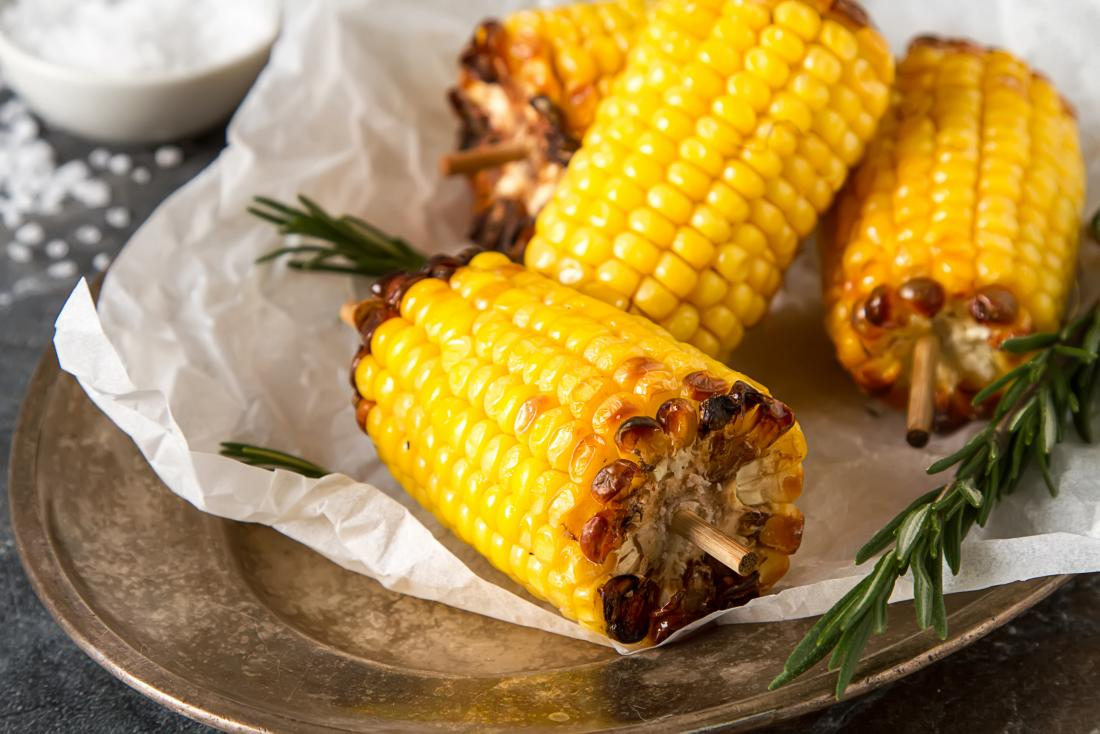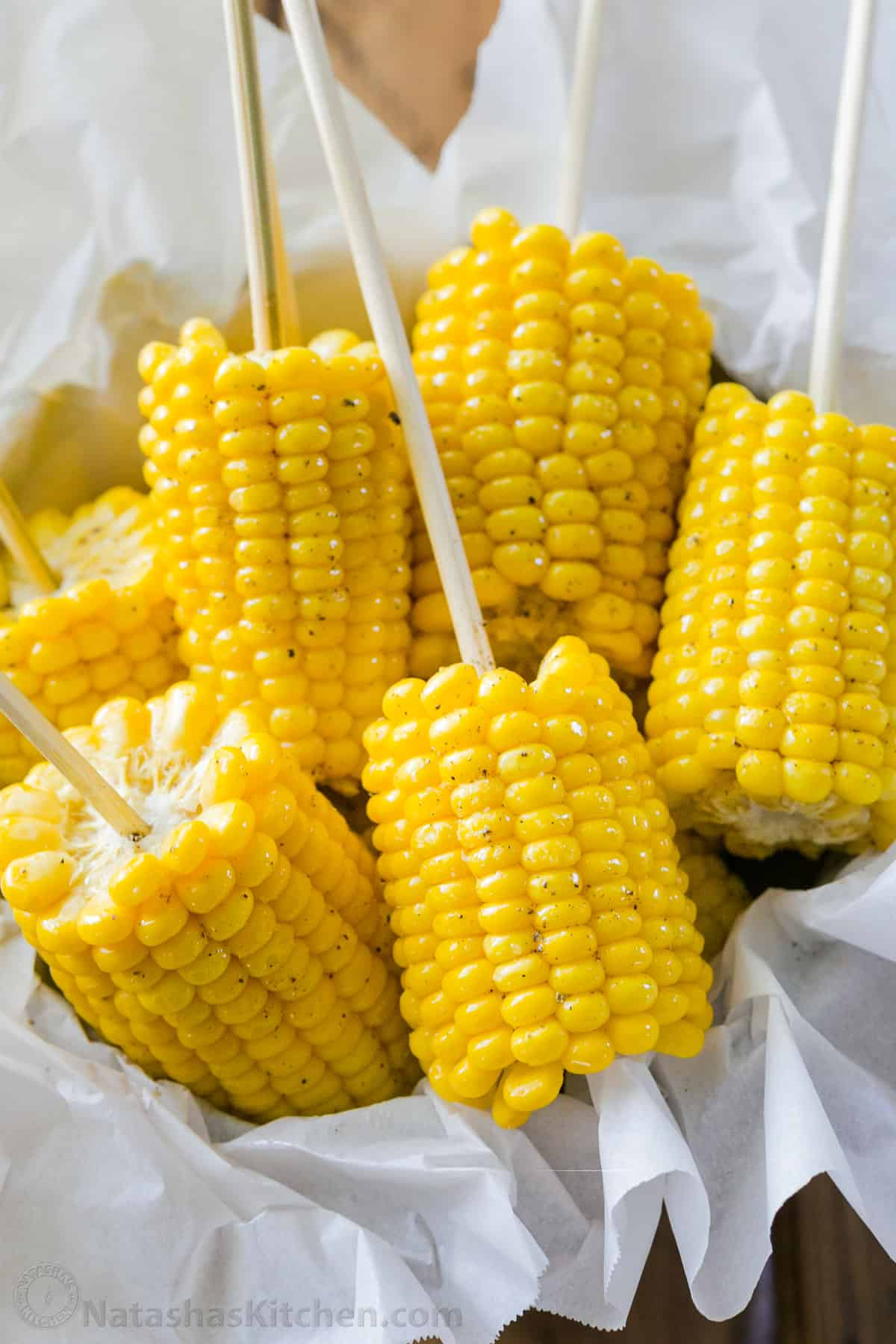Can you eat corn on the cob without cooking it?
Corn, scientifically known as Zea mays, is a cereal crop that is highly popular all around the world. It originated from Central America and has since spread to several other parts of the world due to its adaptability to varying climatic conditions.

This popular vegetable can be eaten in various forms, including boiled, roasted, grilled, and even raw. In this article, we will explore the different ways of consuming corn, focusing on whether corn on the cob can be eaten without cooking it. So sit tight as we delve into the world of corn and all its nutritional benefits.
Is It Safe to Eat Raw Corn on the Cob?
Corn on the cob is a popular vegetable that is enjoyed cooked or raw, especially during the summer months. While many people enjoy consuming sweet corn raw, there are some safety concerns and precautions that one should take when consuming raw corn on the cob.
Firstly, it is important to note that corn may contain harmful bacteria such as E. coli and Salmonella, which can cause foodborne illnesses. These bacteria can be found on the husk or within the kernels, making it crucial to thoroughly wash the corn before consuming it raw. It is recommended to use a vegetable brush to scrub the corn and remove any dirt or debris.
Additionally, raw corn may be difficult to digest for some individuals, leading to digestive issues such as bloating, gas, and abdominal pain. Corn contains high levels of insoluble fiber, which can be hard for the digestive tract to break down. These symptoms can be minimized by chewing the corn thoroughly and incorporating it into a balanced and healthy diet.
To ensure maximum sweetness and taste when consuming raw corn, it is recommended to use fresh, young corn. Young corn has less starch and more natural sugars, making it more suitable for raw consumption. One can also add fresh lime juice or olive oil vinaigrette to enhance the flavor.
In summary, it is safe to consume raw corn on the cob as long as precautions are taken to properly wash and prepare the vegetable. However, digestive issues may arise for some individuals, and it is important to listen to your body and consume raw corn in moderation. Enjoying fresh, young corn is a great way to maximize taste and nutritional benefits.
Health Benefits of Eating Raw Corn on the Cob
Corn on the cob is a popular vegetable that is loved by many. This tasty treat may even be more nutritious than you realize, particularly when eaten raw. Raw corn on the cob is packed with valuable nutrients that can contribute to a healthy diet and have a positive impact on both cardiovascular and digestive health.
One of the best ways to maximize the nutritional benefits of corn on the cob is to choose organic corn whenever possible. Organic corn is free of harmful pesticides and chemicals, and as a result, is more likely to contain higher levels of vitamins, minerals, and nutrients.
One of the essential nutrients found in raw corn is potassium. Potassium plays a crucial role in maintaining healthy blood pressure levels and keeping the heart healthy. Similarly, vitamin C is also prevalent in raw corn on the cob and serves as an excellent source of energy and immune support.

Another essential benefit of raw corn is its impact on digestive health. Corn contains both soluble and insoluble fiber, which is essential for keeping the digestive tract healthy and functioning correctly. Soluble fiber is especially important as it helps to regulate blood sugar levels and can help to reduce the risk of chronic diseases such as cardiovascular disease and celiac disease.
Corn also contains a yellow pigmentation, which provides a range of antioxidant properties which can help to protect against cellular damage. These yellow pigments are particularly high in sweet corn and make it an excellent source of antioxidant support.
So next time you are preparing a meal, consider adding raw corn on the cob to your plate. With its high levels of potassium, vitamin C, and essential fiber, it’s an excellent addition to any healthy diet, and choosing organic corn when possible will only maximize its potential health benefits.
Types of Corn
Corn, also known as maize, is a versatile and popular vegetable enjoyed by people all around the world. There are many varieties of corn, each with distinctive characteristics. In this article, we will explore the different types of corn and how to consume them. From sweet to field, yellow to white, and dent to flint, there are many variations of corn that vary in texture, taste, and usage. So, let’s dive into the world of corn and find out more about the types of corn you can enjoy!
Field Corn vs. Dent Corn
Field corn and dent corn are two types of corn that are commonly grown and harvested in agricultural areas. While they may look similar at first glance, there are some key differences between the two that set them apart.
Dent corn, also known as field corn, is primarily used as livestock feed and for renewable fuel. It gets its name from the small dent that forms on the top of each kernel when it is ready to be harvested. Dent corn is typically grown in large quantities, with most of it being used for animal feed.
On the other hand, field corn is often used for human consumption and has a lower starch content than dent corn. This type of corn is harvested and used for food products such as cornmeal, tortillas, and even corn syrup. Field corn is typically grown in smaller quantities than dent corn, with a focus on quality rather than quantity.
Both field corn and dent corn are grown in similar ways, with farmers carefully tending to their crops throughout the growing season. They are typically planted in the spring and harvested in the late summer or early fall. Farmers may choose to grow a variety of corn types, including white, yellow, and even bi-colored varieties.
When it comes to using corn for renewable fuel, dent corn is the most commonly used variety due to its high starch content. This starch can be converted into ethanol, which is used as a fuel additive for gasoline. Meanwhile, field corn is often used for animal feed, which is an important part of livestock farming.
In summary, field corn and dent corn are two distinct types of corn that are grown and harvested for different purposes. While dent corn is primarily used for livestock feed and renewable fuels, field corn is often used for human consumption. Both types of corn are important to the agricultural industry and provide valuable nutrients for humans and animals alike.
White, Yellow, and Bi-Color Varieties of Sweet Corn
When it comes to the varieties of sweet corn, there are three main categories to choose from: white, yellow, and bi-color. Each of these varieties has its unique taste and texture, making them perfect for different recipes and cooking methods.
White corn is known for its delicate and slightly sweet flavor with a crispy texture. It is a great option for those who prefer a less starchy taste. The most popular variety of white corn is the Silver Queen. It has a very tender texture and is perfect for boiling or grilling.

Yellow corn, on the other hand, has a slightly sweet and buttery taste and is the most commonly consumed variety in the United States. Its texture is more dense and chewy compared to white corn, making it perfect for dishes that require a bit more body. The most popular variety of yellow corn is the Butter and Sugar, which has a creamy texture and is great for boiling or roasting.
Bi-color corn is a combination of yellow and white kernels and has a unique sweet and savory flavor. The texture is a bit creamier and less starchy than yellow corn but still has a good amount of body. The most popular bi-color variety is the Honey and Cream. It has a sweet and creamy taste and is a great option for grilling or baking.
In summary, there are three main varieties of sweet corn: white, yellow, and bi-color. Each has its unique taste and texture profile that makes them ideal for different cooking methods and recipes. White corn is known for its delicate taste and crispy texture, yellow corn for its buttery flavor and dense texture, and bi-color corn for its sweet and savory taste and creamy texture.